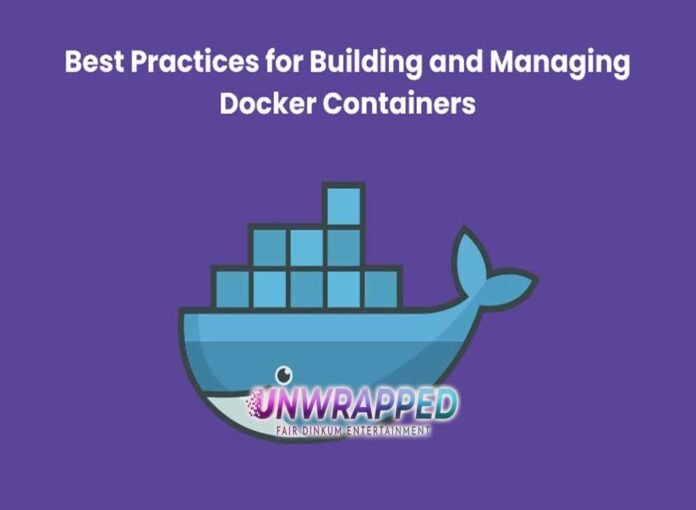In software development and deployment, containerization has emerged as a game-changer. These containers can run consistently across various environments, providing a streamlined and efficient solution for software deployment. In this blog, we will explore the best practices for building and managing Docker containers, emphasizing their role in fostering seamless DevOps integration. Additionally, we’ll touch upon the significance of DevOps Courses in mastering these practices and understanding the fundamentals of Docker.
Table of Contents
- What is Docker?
- Best Practices for Building Docker Containers
- Start with a Minimal Base Image
- Use a Dockerfile for Reproducible Builds
- Leverage Multi-Stage Builds
- Implement Container Orchestration
- Secure Your Containers
- DevOps Courses: Bridging the Knowledge Gap
- Conclusion
What is Docker?
Let’s look at Docker and its meteoric rise to prominence in the software development industry to set the stage for best practices. A free and open-source platform, Docker streamlines deploying apps in portable, lightweight containers. The application’s code, runtime, libraries, and system utilities are inside these containers. Docker containers provide a more dependable and efficient software development lifecycle by operating consistently across diverse settings, eliminating the “it works on my machine” problem.
Best Practices for Building Docker Containers
Let’s dive into the Best Practices for Building Docker Containers:
Start with a Minimal Base Image
Keeping containers lightweight is one of Docker’s guiding principles. The attack surface and total size of the container are reduced by starting with a small base image, which speeds up deployment. For those looking for a simple base image that doesn’t skimp on features, many choose Alpine Linux.
Use a Dockerfile for Reproducible Builds
Use a Dockerfile to make sure your container builds are consistent and reproducible. From choosing a base image to configuring your environment and installing your applications, this script lays out every step to build your container. Using Dockerfiles to store your setup enables version control, which facilitates tracking of changes and team collaboration.
Leverage Multi-Stage Builds
Using several “FROM” commands inside a single Dockerfile, multi-stage builds aid in reducing the ultimate container size. Tools and dependencies may be needed to construct the program in the early phases, and then there may only be artefacts needed to execute the application in the last step. The end product is containers that are both smaller and more efficient.
Implement Container Orchestration
Handling individual containers manually becomes more inconvenient as your application expands. Automating the deployment, scaling, and maintenance of containerised applications may be achieved with container orchestration technologies such as Kubernetes or Docker Swarm. High availability, fault tolerance, and effective resource utilisation are all features that these tools guarantee in a commercial setting.
Secure Your Containers
When dealing with containers, safety must be your first concern. Always apply the latest security patches by updating your base images and dependencies regularly. To lessen the likelihood of security breaches, follow recommended practices for user privileges, such as starting containers using accounts other than root. To further ensure the safety of your container images, you should use tools such as Docker Security Scanning.
DevOps Courses: Bridging the Knowledge Gap
Keeping up with the newest technologies and approaches is essential as containerisation, and DevOps practices continue to gain traction in the industry. To learn Docker and similar technologies in a systematic and all-encompassing way, consider enrolling in a DevOps course. These courses cover everything from the fundamentals of containerisation to advanced subjects like CI/CD pipelines and container orchestration.
Labs and projects are a great way to get practical experience in addition to the academic information that DevOps courses provide. Any developer or operations professional hoping to implement Docker’s best practices in the real world would benefit greatly from this hands-on experience. In addition, students may keep up with the newest developments in the DevOps field by participating in class discussions on best practices.
Conclusion
Docker containers have completely transformed the software development, deployment, and management processes. For development teams, following best practices is key to a successful containerisation process. These include creating a minimum base image, utilising repeatable Dockerfiles, building in several stages, using container orchestration, and prioritising security. In addition, organisations and people who take DevOps courses have the expertise to handle the complex DevOps environment and incorporate Docker containers into their processes without any hitches. Adopting these best practices and educating yourself will be crucial for success in contemporary software development and deployment as the DevOps ecosystem evolves.










